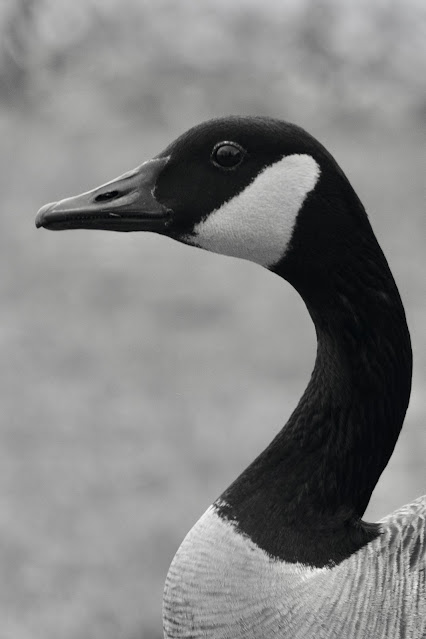Each time you are anticipating to start a new photo taking session, there is often the question on how to configure your photographic device. Since we can choose and select about anything we want (and even more on what we doesn't know it can be done) through imaging preset bias (and post editing too), it is becoming a very challenging and confusing task.
Nobody can pretend to describe an absolute and universal parametric guideline regarding doing photography but we can imaging that some sort of partial check list may help at least the ones who are asking for and as soon you already have determined which camera and optic you will work with, you may concentrate yourself on some very basic photographic parameters like:
-some technical aspects:
The choice of the image sensor picture mode and its effects;
The sensitivity (image sensor "speed" - ISO) and its pixel resolution level impact;
The shutter speed or the movement expression;
The lens aperture or the focusing discrimination;
-and some creative approaches:
The angle of view or the importance of the subject in its context;
The composition or the graphic canvas organisation;
The light distribution or the contrast of the subject surfaces and the importance of their respective details (or absence of);
The expressive and decisive "moment" of the picture taking;
Any of those have an important impact on the image final rendering and its ability to seduce the looker. The other ways around is letting the camera brain decide for you what will important to adjust, providing you have firstly program it on the type of picture you are looking. In fact this is not new (it already has been present during the last decades of analog-film photography) but the degree of sophistication is now so high that is often surpassing our human ability and motivation to do by ourselves.
The thing that doesn't change is our choice of subject and the moment we are selecting to take its picture (although you can literally "film" it with a large picture taking sequence). So, the intention of photographing is still there and its purpose stays into our hands. Some photographic parameters are easier to master and with the modern electronic viewfinder (EVF) or the live screen (LVF) you can control their final effect right from the start before taking the picture. In a way digital photography is a much more effective way of doing it with less incertitude for the final result.
Many "partial" automated camera programs allow you to control one parameter at a time such as the lens aperture (A) or the camera shutter speed (S). Even with the full program position (P) you can introduce an exposure correction factor. Most modern digital camera models are giving you the possibility to vastly reconfigure them. At this stage simplicity leaves place to complexity which is asking for a more skill approach from the photographer. But in any case, you have the choice do less or more and determine the level of technical implication you want to involve into your photographic essaies.
Photos Daniel M: Panasonic Lumix G95; Fujifilm X-S10; Olympus OM-D E-M5 III



Aucun commentaire:
Publier un commentaire